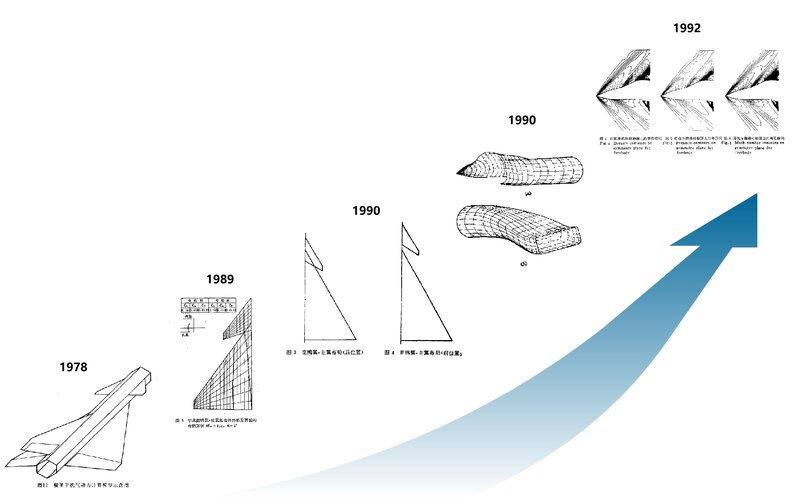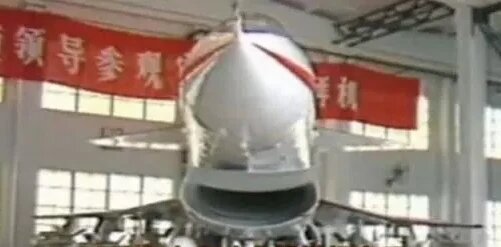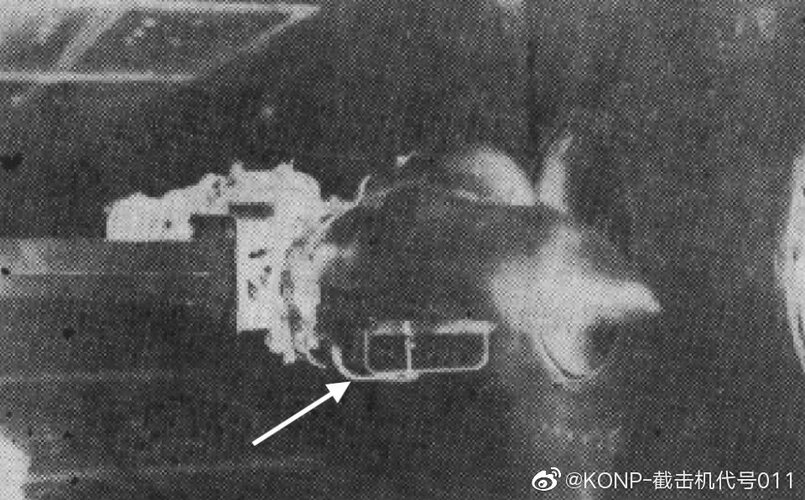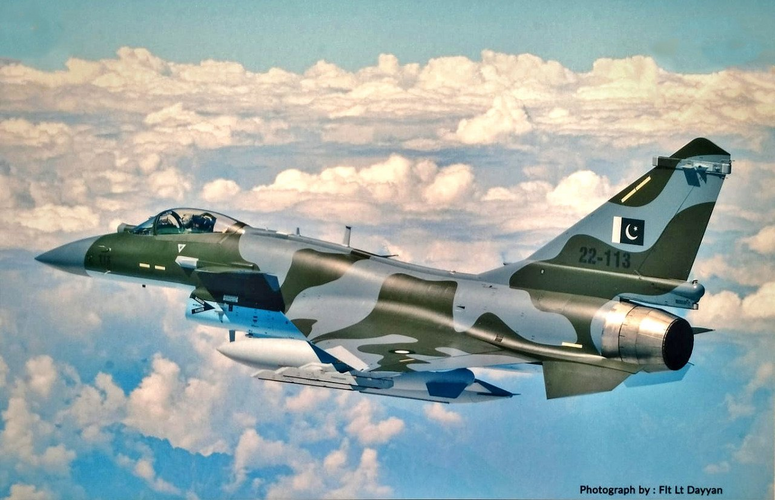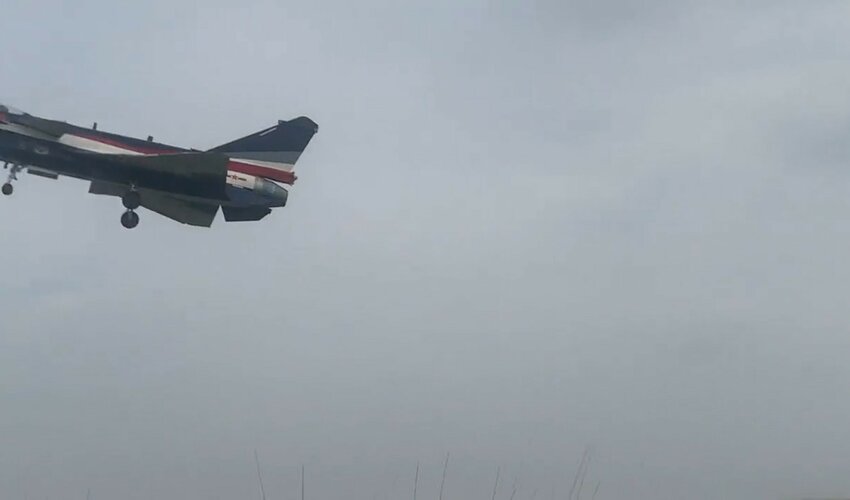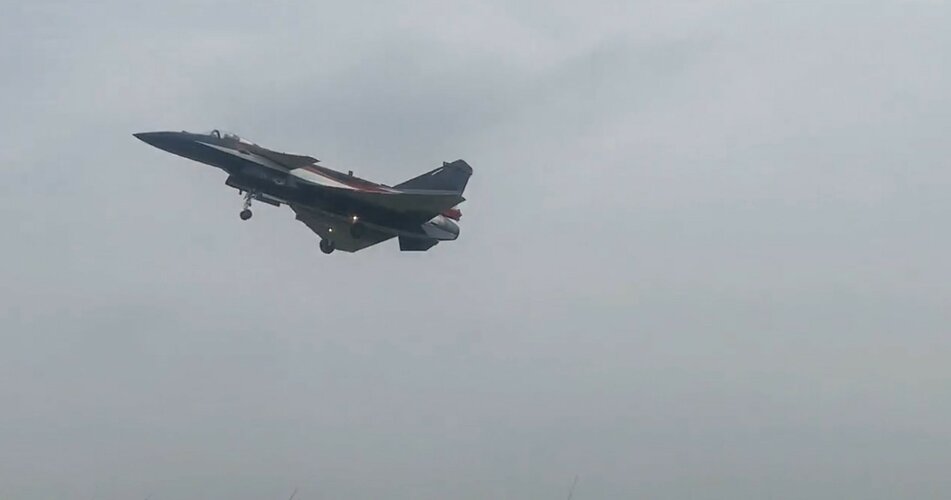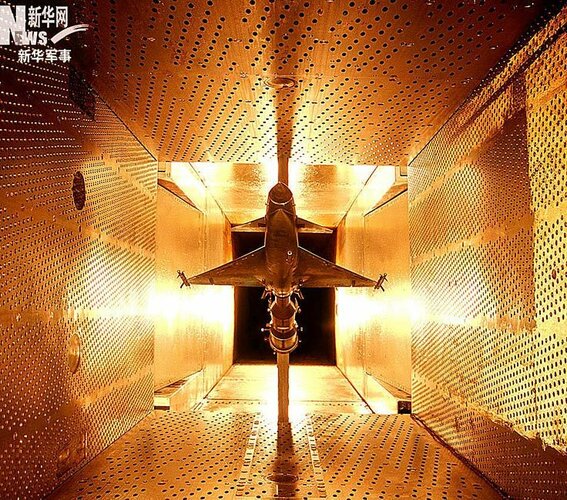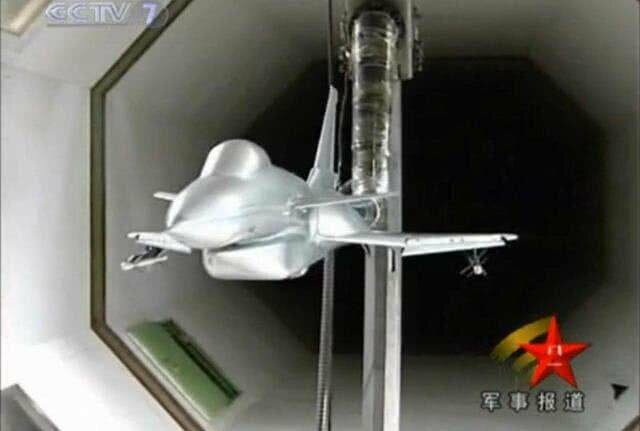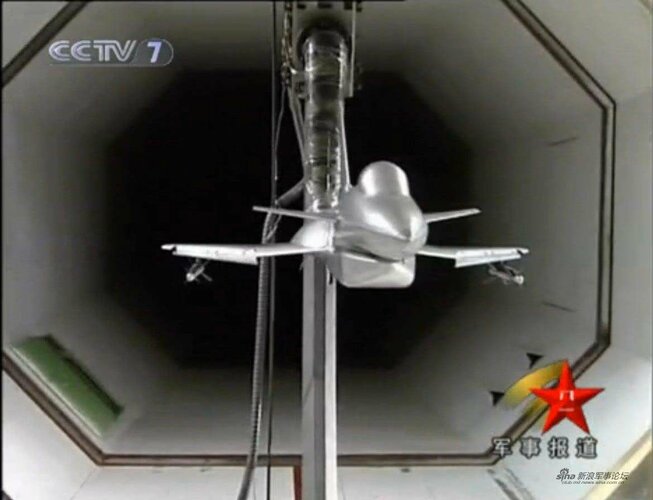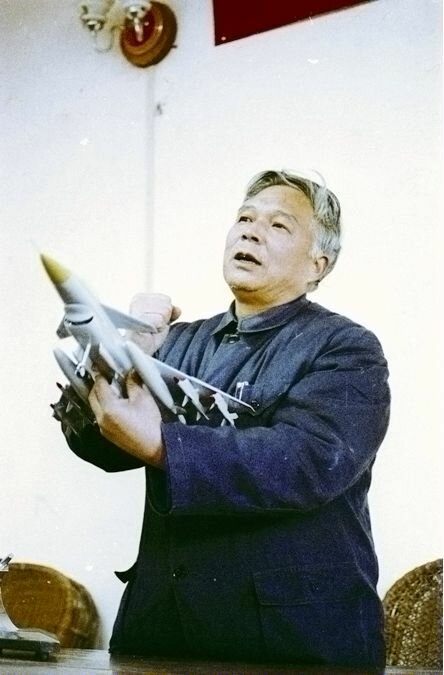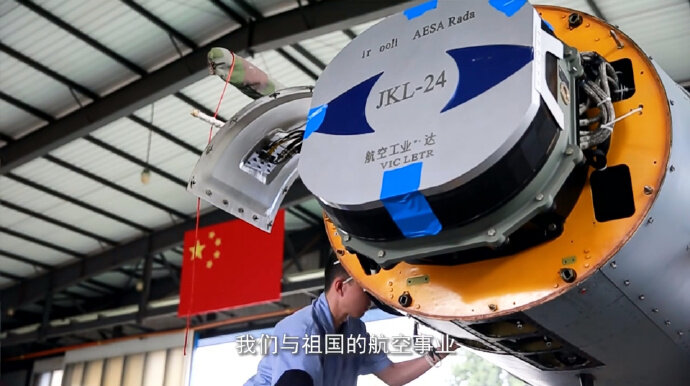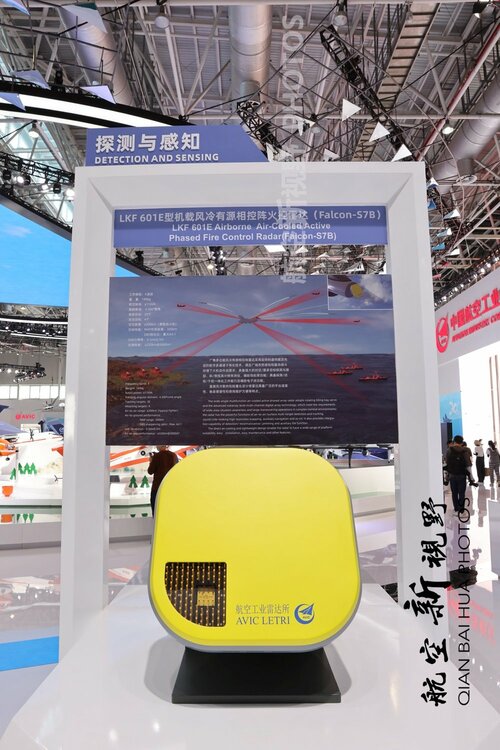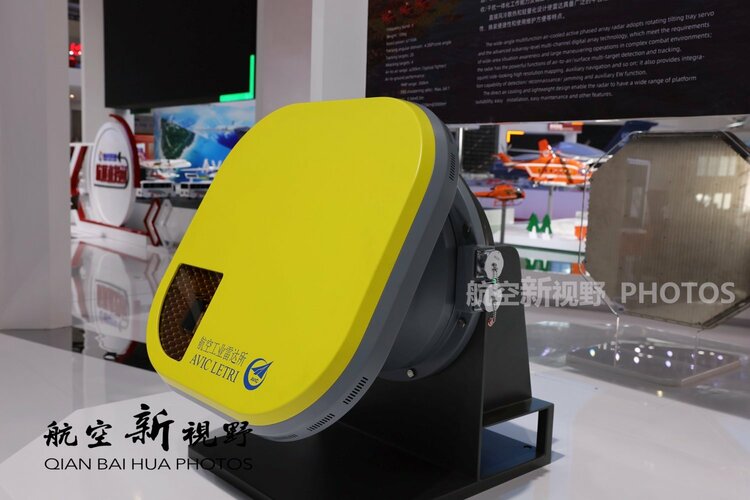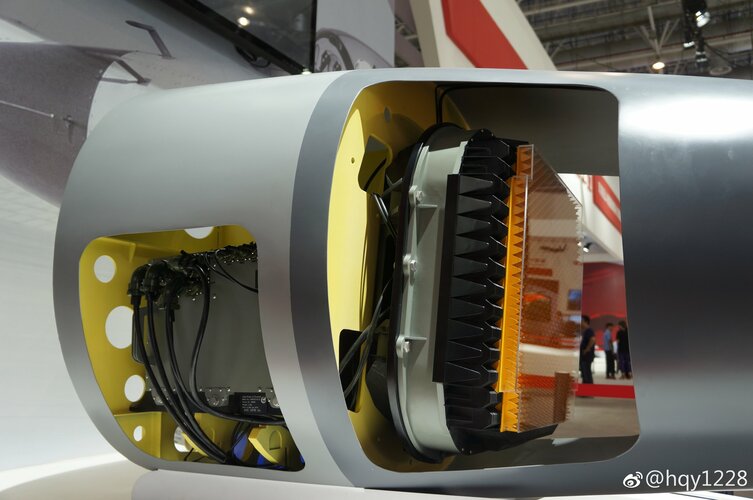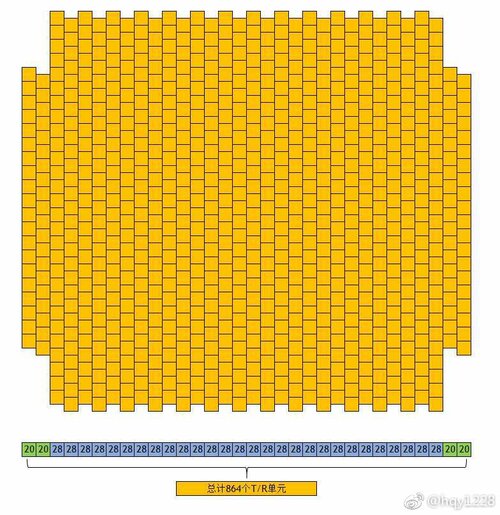The First Mission
After all the tedious groundwork – learning about aerodynamics, aircraft systems, navigation, and instrument flying, it was time to get a feel of the jet. PAF crews spent two days climbing into the cockpit, strapping up, and developing equipment familiarization. Each pilot performed ground starts, after start procedures, followed by shut down, slow/medium taxi came later. some of the pilots progressed while the remaining continued on the simulator. “Finally, we had all the gear on, and after months of preparation, it was time to go flying. Of course, a thorough briefing before flight, and supervisor checks were performed so that everything was in order in order before getting airborne.” Wg Cdr Imtiaz Rahim said. Since the PAF airmen had not flown for a long period and they needed to regain their flying currency. They jumped into K-8s to get used to the Gs, get currency, and understand wind patterns and operating areas. Before stepping foot in the J-10C cockpit, student pilots needed to familiarize themselves with the gear needed to operate the J-10C, in their custom-made G suits to fit perfectly. Last but not the least, the pilots learned to utilize the most technologically advanced piece of equipment, their helmets. The pilot’s Heads-Up Display was directly projected on the visor rather than just at the front of the cockpit. This allowed pilots to easily view key data such as altitude, air speed, and direction and even select multiple targets and shoot. “Since the jet helps us so much, flying becomes second nature. That way we can focus on all the information that the plane is giving us,” Wg Cdr Imtiaz Rahim elaborated. “It’s amazing to be in a 4.5 generation semi-stealth fighter, kind of tip of the spear. It’s a heavily weighted aircraft, in terms of combat power, that the PAF brings to the fight,” Sqn Ldr Jibran Rashid said. One part of history was achieved when Wg Cdr Imtiaz Rahim flew the first solo sortie of the Dragon. “A lot of the challenge was trying to absorb all the information the jet is giving you, operate all the sensors and the systems at the same time, and fly, the feeling was enormous,” the team leader said. All the PAF pilots enjoyed basic handling, and confidence-building maneuvers in advanced handling missions, and in clean and tanked configurations both. This was followed by training in air combat tactics and instructor training for some of the PAF aircrew. The crews were taken aback after engaging afterburner (AB). The kick was bigger than the F-16. “There was an unbelievable amount of thrust when I opened up the afterburner for the first time. The J-10C can produce 29,000 lb thrust, which is 10,000 lbs excess thrust than the JF-17 produces, and as much power as two and a half Mirages put together. A single Mirage produces 14,000 lb thrust,” Sqn Ldr Jibran Rashid said. The speed increment was so fast that post-take-off procedures had to be executed in rapid succession to remain with the aircraft. Once in the air, handling the jet was not the most difficult aspect, Wg Cdr Bilal Raza said adding, “It is actually a really easy plane to fly, the aircraft comes with Voice Recognition Capability which makes your life much easy.” Nonetheless, the pilots flew at 26,000 ft, did general steep turns, building up Gs gradually, performed straight in approach, accessed information through voice commands such as requesting fuel state, hands-on throttle and stick (HOTAS) on most actions, instrument approach, close pattern, low go, and deploying drag shoot and making a full stop landing comfortably within 3, 500 to 4, 000 ft on a 7,500 ft runway. “It was historic and emotional for Pakistanis and Chinese both when we landed safely for the first time. We were presented with bouquets,” Wg Cdr Bilal Raza said.




